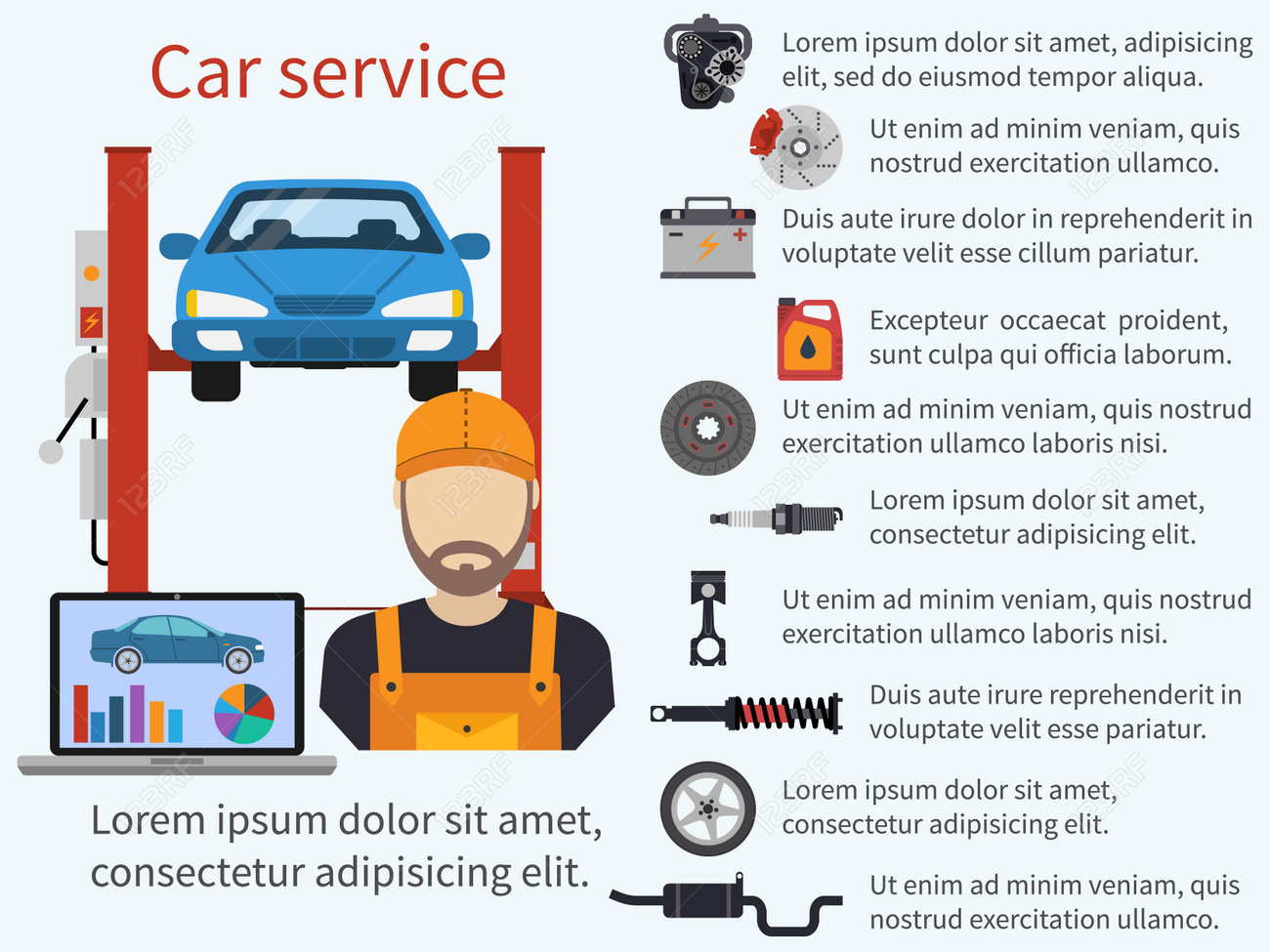When you lag the wheel, those beautiful caution lights on your dashboard can be a bit perplexing. Do you recognize what they're attempting to inform you regarding your cars and truck's health and wellness? Recognizing the importance of these lights is important for your security and the durability of your car. So, the next time one of those lights pops up, wouldn't you wish to analyze its message precisely and take the needed actions to address it?
Common Warning Lighting and Interpretations
Recognize usual caution lights in your cars and truck and understand their definitions to ensure safe driving.
The most typical caution lights include the check engine light, which indicates problems with the engine or discharges system. If this light begins, it's important to have your vehicle examined without delay.
The oil stress warning light shows low oil stress, calling for prompt focus to stop engine damages.
A blinking battery light might suggest a malfunctioning billing system, potentially leaving you stranded if not resolved.
The tire pressure surveillance system (TPMS) light alerts you to reduced tire pressure, impacting lorry security and gas efficiency. Disregarding this can bring about hazardous driving conditions.
The abdominal light shows an issue with the anti-lock braking system, endangering your ability to quit promptly in emergency situations.
ad detailing but not least, the coolant temperature advising light warns of engine overheating, which can result in extreme damage otherwise fixed quickly.
Understanding these typical warning lights will certainly assist you address issues quickly and keep secure driving problems.
Value of Prompt Attention
Comprehending the common caution lights in your vehicle is only the first step; the value of quickly dealing with these warnings can't be stressed enough to ensure your security on the road.
When https://remapping-near-me50516.thelateblog.com/31744162/would-certainly-you-such-as-to-explore-remarkable-automobile-repair-facilities-located-near-you illuminates on your control panel, it's your cars and truck's way of communicating a possible issue that requires focus. Neglecting these warnings can lead to more severe troubles in the future, compromising your security and possibly costing you a lot more out of commission.
Motivate focus to warning lights can stop breakdowns and accidents. For instance, a flashing check engine light could show a misfire that, if left unattended, might create damage to the catalytic converter. Addressing this quickly can save you from an expensive repair service.
In a similar way, a brake system cautioning light might signal low brake liquid or worn brake pads, vital elements for your safety and security when driving.
DIY Troubleshooting Tips
If you notice a warning light on your dashboard, there are a couple of DIY troubleshooting tips you can try prior to looking for expert assistance.
The primary step is to consult your auto's handbook to recognize what the details warning light indicates. Often the concern can be as easy as a loose gas cap causing the check engine light. Tightening https://observer-reporter.com/news/localnews/auto-repair-industry-facing-problems-with-supply-shortage/article_a733255c-303a-11ec-b7e2-374707f63bb4.html may resolve the trouble.
Another common problem is a reduced battery, which can set off different cautioning lights. Examining car ditailing for corrosion and guaranteeing they're safe may repair the trouble.
If a caution light continues, you can attempt resetting it by separating the automobile's battery for a few minutes and then reconnecting it. In addition, checking your automobile's liquid degrees, such as oil, coolant, and brake liquid, can assist repair alerting lights associated with these systems.
Final thought
Finally, recognizing your vehicle's warning lights is important for keeping your lorry running smoothly and securely. By immediately dealing with these signals and understanding what they indicate, you can stay clear of costly repair work and potential failures.
Keep in mind to consult your vehicle's manual for particular information on each warning light and take action accordingly to make certain a hassle-free driving experience.
Remain informed, remain safe when traveling!
